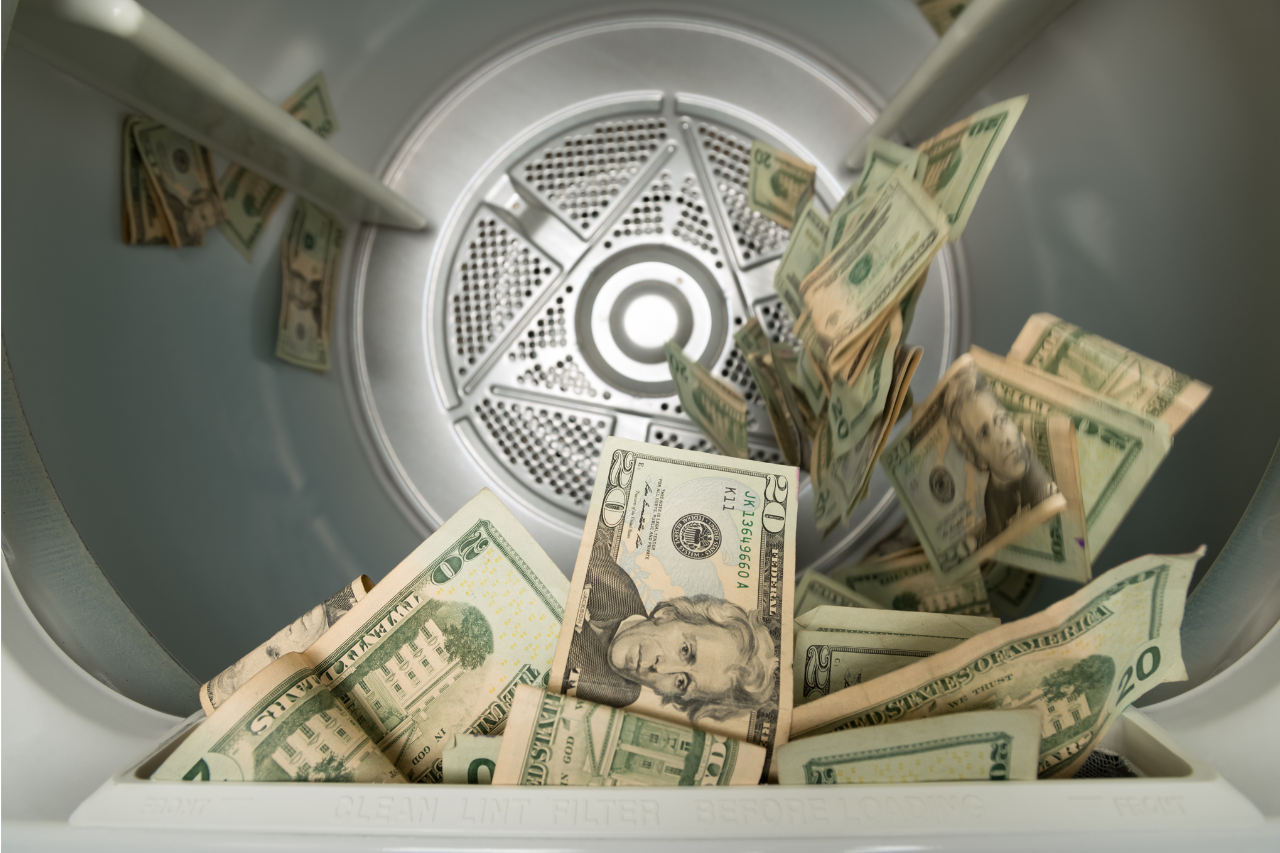
What is Money Laundering? How it works

Share:
What Is Money Laundering?
Money laundering is the process of making dirty money appear clean. This is often done by moving money through a series of shell companies or bank accounts to make it more difficult to trace. The goal is to ultimately use this money for legitimate purposes without raising any red flags.
While money laundering can be done for many different reasons, it is most often done in order to conceal money that has been obtained through criminal activity. This could be anything from drug trafficking to human trafficking. In some cases, money laundering is done in order to finance terrorist organizations.
Most money laundering schemes involve three different stages:
- The first stage is known as placement. This is when dirty money is first introduced into the financial system. This is usually done by withdrawing cash in small denominations and then depositing it into a new account.
- The second stage is known as layering. This is when the money is moved around multiple times to make it more difficult to trace. This could involve setting up shell companies in different countries or sending money through multiple bank accounts.
- The third stage is known as integration. This is when the money is finally used for legitimate purposes. This could involve investing money in a business or using it to buy property.
Money laundering is a serious problem all over the world. It allows criminals to profit from their crimes and finance other illegal activities. It also damages the economy by distorting financial markets and eroding trust in the banking system.
Variants of Money Laundering
There are many different variants of money laundering, but they all share the same goal: to conceal the source of money and make it appear to be from a legitimate source.
Some common money laundering schemes include:
- Smurfing: This involves making small deposits of cash into multiple bank accounts.
- Trade-based money laundering: This involves using false invoices or other documentation to justify the movement of money.
- Structuring: This involves making a series of small deposits or withdrawals in order to avoid triggering a report.
- Hawala: This is an informal money transfer system that is often used to send money overseas.
- Casino money laundering: This involves using casinos to convert cash into chips and then back into cash.
How to Prevent Money Laundering
There are many different ways to prevent money laundering, but some of the most effective include:
- Making it mandatory for financial institutions to verify the identity of their customers
- Imposing strict reporting requirements on financial institutions
- Giving law enforcement agencies powers to freeze and seize assets that are suspected of being involved in money laundering
- Criminalizing money laundering and imposing harsh penalties for those convicted
Bottom Line
Money laundering is a serious problem all over the world. It allows criminals to profit from their crimes and finance other illegal activities. It also damages the economy by distorting financial markets and eroding trust in the banking system. There are many different ways to prevent money laundering, but some of the most effective include making it mandatory for financial institutions to verify the identity of their customers, imposing strict reporting requirements on financial institutions, and giving law enforcement agencies powers to freeze and seize assets that are suspected of being involved in money laundering.
Most Popular


What is Coffee Bloom and why does it happen?

20 Best Books Made Into Movies And TV Shows

Money Matters: 19 Best Personal Finance Books
Subscribe To Our Weekly Newsletter
Categories
Related Posts

Cute Girly College Ruled Composition Notebooks
Share: In a world dominated by digital tools and apps, the humble college-ruled composition notebook remains a steadfast ally in the quest for productivity. This timeless tool offers unparalleled benefits,

What is Coffee Bloom and why does it happen?
Share: When coffee is ground, the natural oils and aromatics are released. When these coffee grounds are combined with hot water, they create a “bloom” or foamy layer on top

20 Best Books Made Into Movies And TV Shows
Share: Nothing beats a great book-to-movie adaptation. Whether you’re a bookworm who loves to see their favorites brought to life on the silver screen, or a film buff looking for

Money Matters: 19 Best Personal Finance Books
Share: Financial planning is a key element of financial success. It can help you secure your financial future and meet any financial goals you may have. Whether you’re looking to
